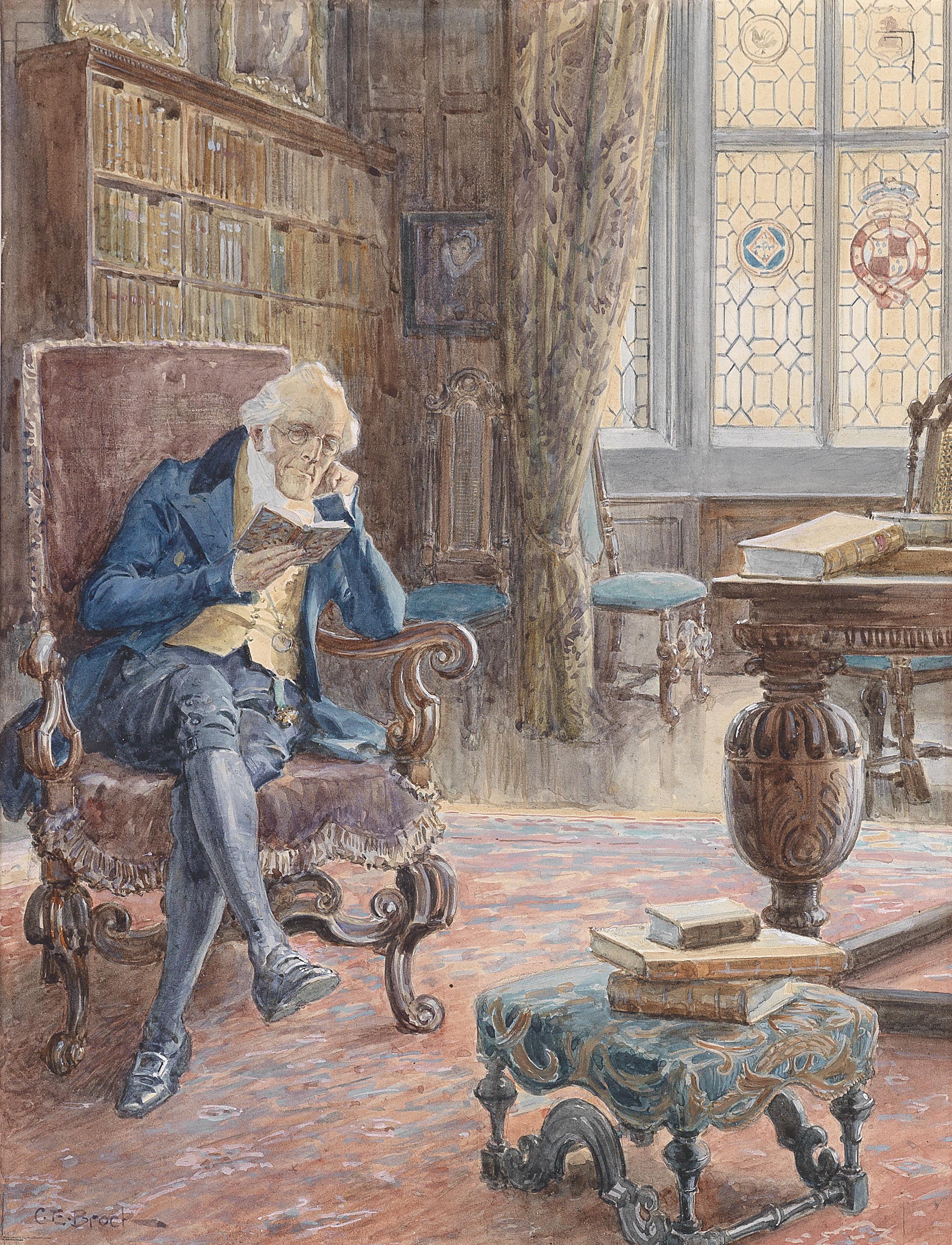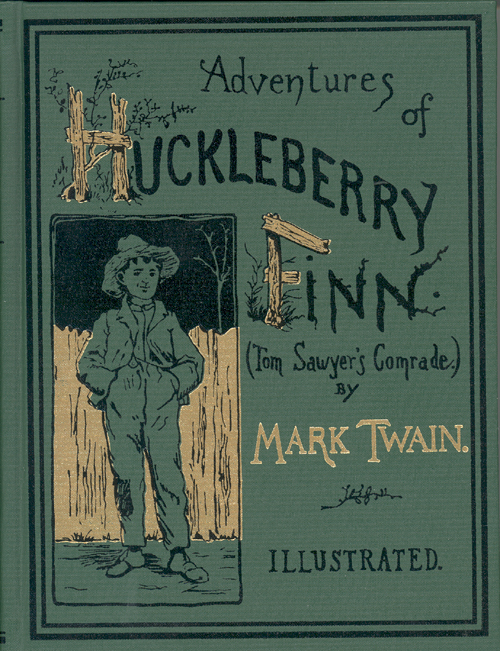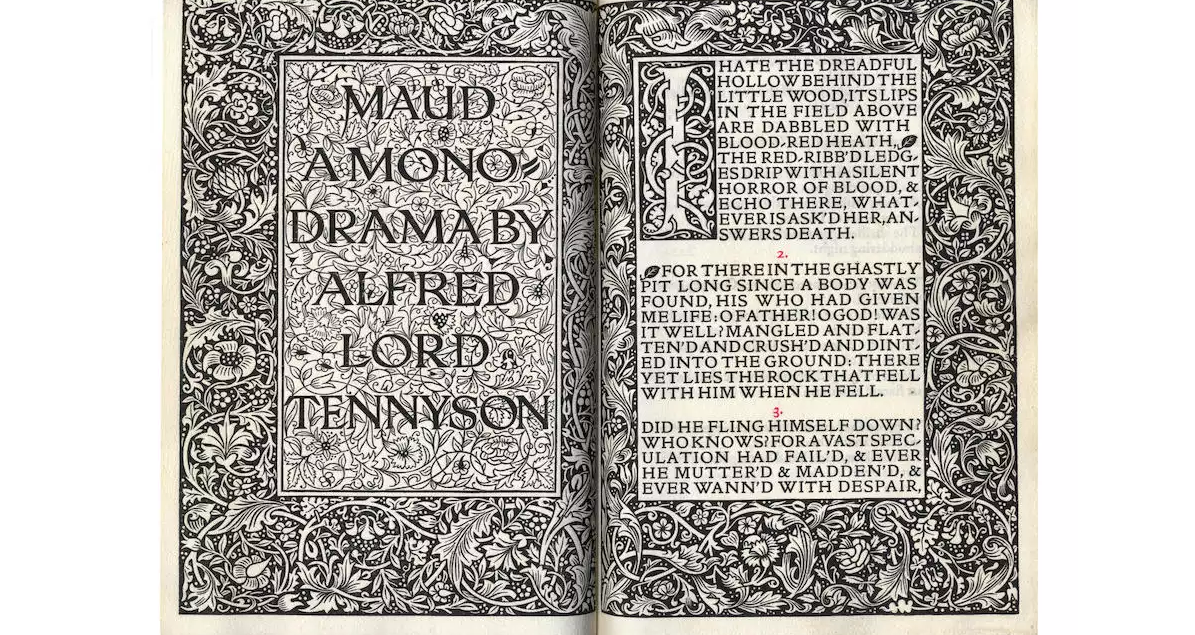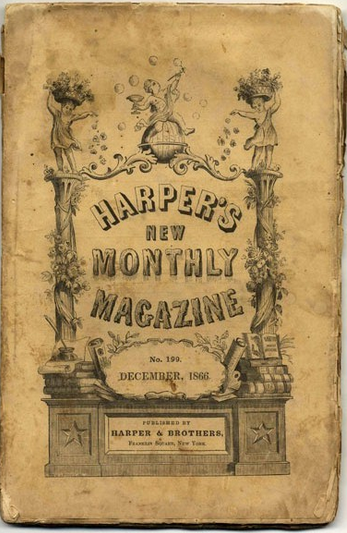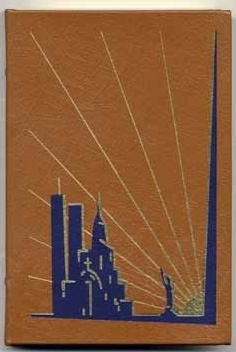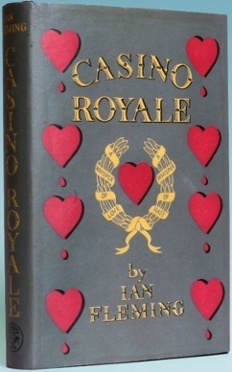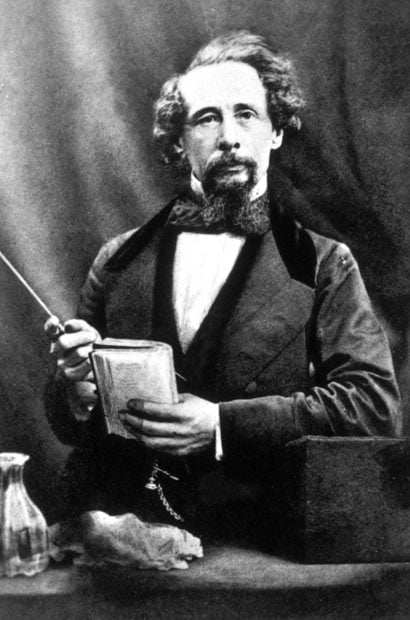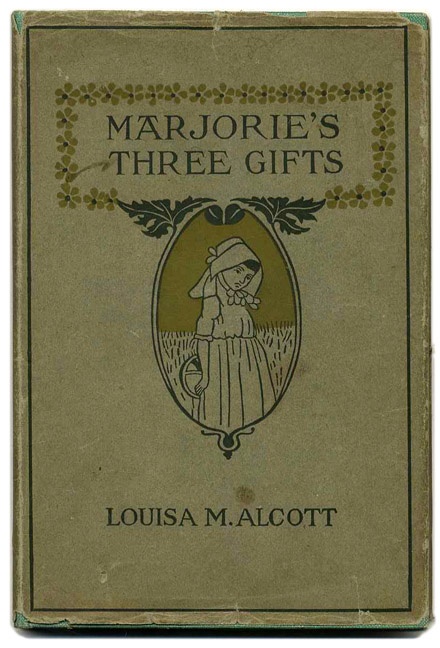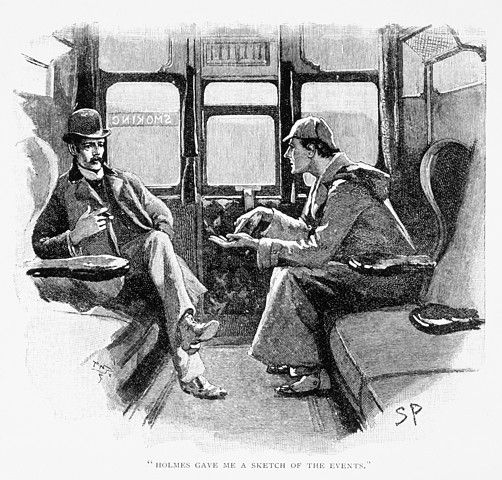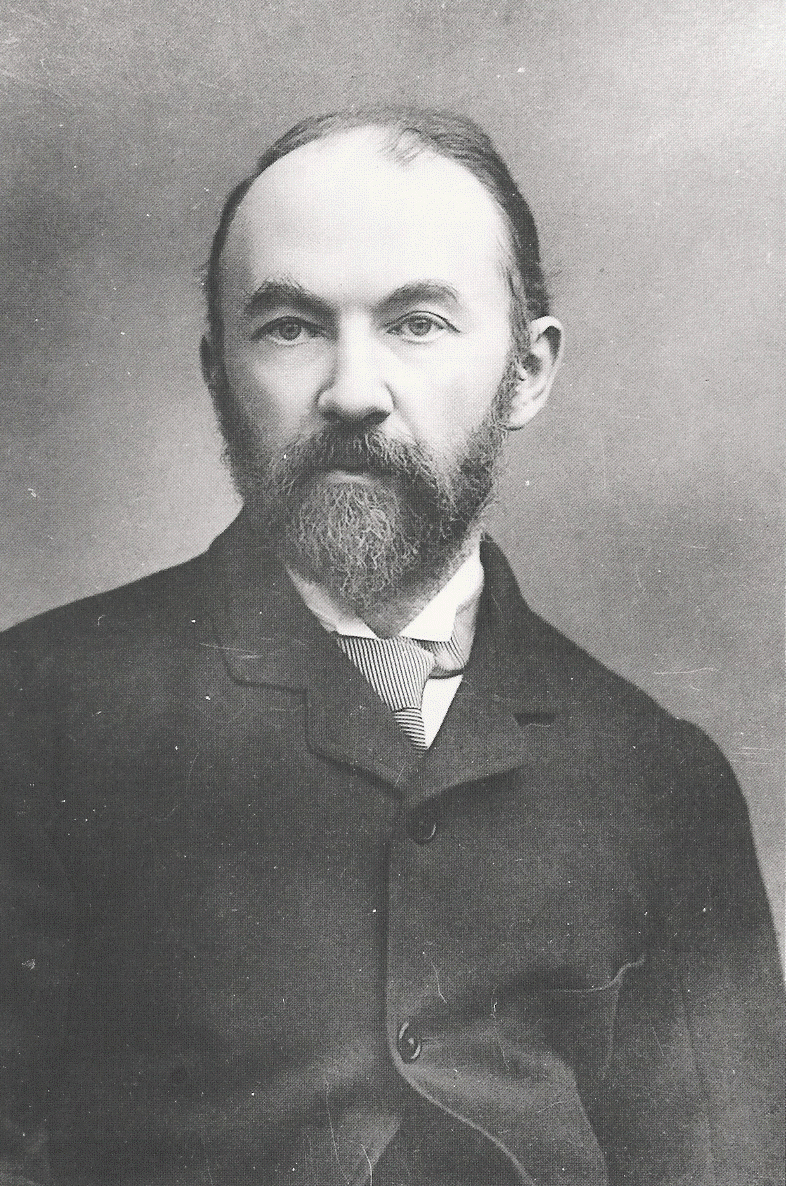Everyone thinks they understand the value of a first edition. The first printing of a book automatically makes it rare, right? Because X or Y novel is a first run, it’s immediately valuable and worthy of collecting, yes? While this is certainly the case with a number of books throughout the literary landscape, first editions are not necessarily sought after by collectors just because they’re the first run. In fact, when you think about it, every book ever published has a first edition printing, but some were not lucky enough to see a second or third.
One factor that truly makes a book rare, valuable, and the apple of a collector’s eye is the combination of a first edition and a first book—that is, the first printing of an author’s first novel, usually an author of great regard or with a long, profound literary career. These literary Easter eggs are usually printed in small quantities—remember: we’re talking about first novels from predominantly debut authors—and are often hardcover and ornate or individualized in cover design as subsequent printings tend to reduce artistic quality for mass reproduction. By the time these authors publish their second, third, or fourth books, first print runs usually increase based on demand, which makes the first editions of these first novels even more rare and valuable.
Read more...




